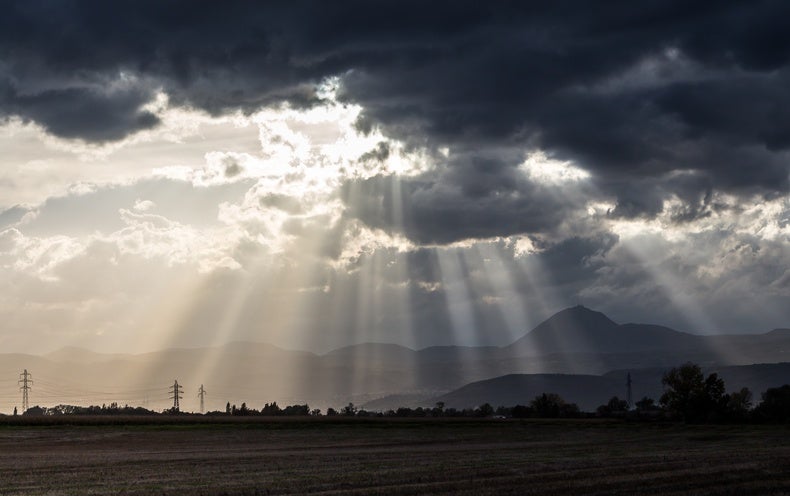
While there is optimism surrounding the potential of solar geoengineering, there are still many uncertainties that remain. Canadian climate policy has yet to address solar geoengineering, but the government acknowledges the need to understand the implications of these hypothesized technologies, especially its risks and benefits.
“The amount of warming that we are experiencing on the planet requires us to think about a broader set of options,” said Moreno-Cruz. “At the moment, we don’t know how these technologies will work, so we are interested in understanding that better through research. Solar geoengineering comes with its own set of uncertainties that we need to deal with, and research can help address these uncertainties.”
Solar geoengineering raises profoundly difficult governance issues due to its potential to impact large-scale human support systems such as water availability, agriculture and energy on global scales. That is why, at best, solar geoengineering is a complement to emissions reduction, not a substitute, as it is unable to address key climate impacts, such as ocean acidification.
Despite its limitations, solar geoengineering could help moderate the most extreme temperature changes and provide governments, private enterprise, and civil society more time to mitigate emissions, remove carbon dioxide from the atmosphere, and adapt to new climatic conditions. “We simply do not know enough to determine whether solar geoengineering would be safe, effective and acceptable,” said Moreno-Cruz. “A focus and co-ordinated program of research would address these uncertainties.”
Read Moreno-Cruz and Craik’s article in The Conversation here.
Watch Moreno-Cruz’s interview on CTV here.